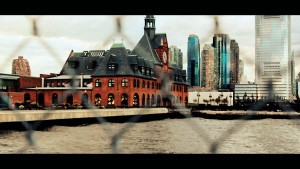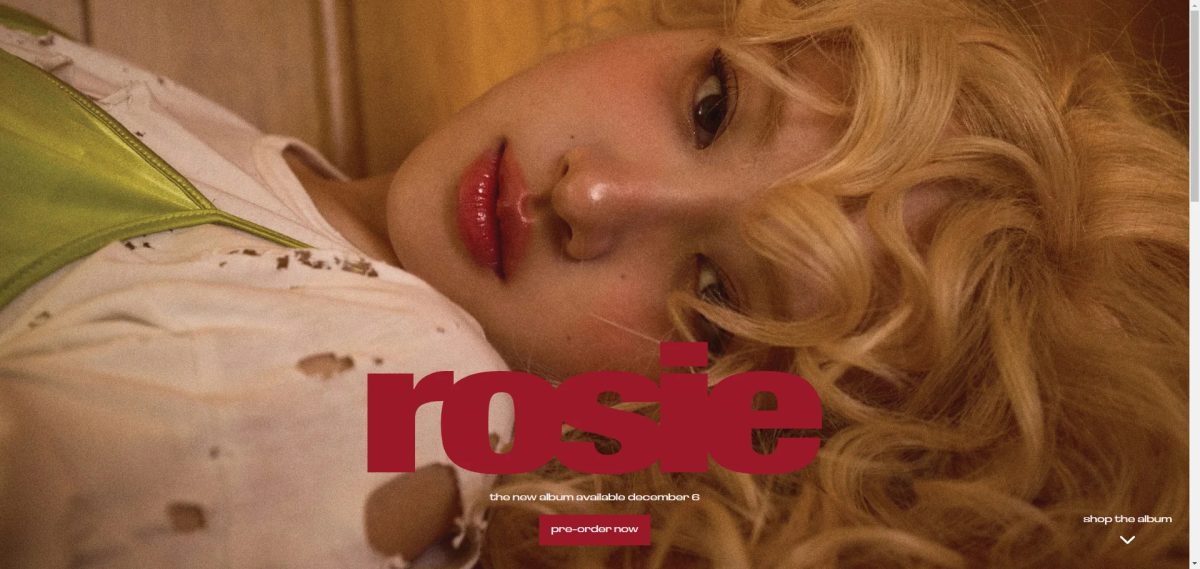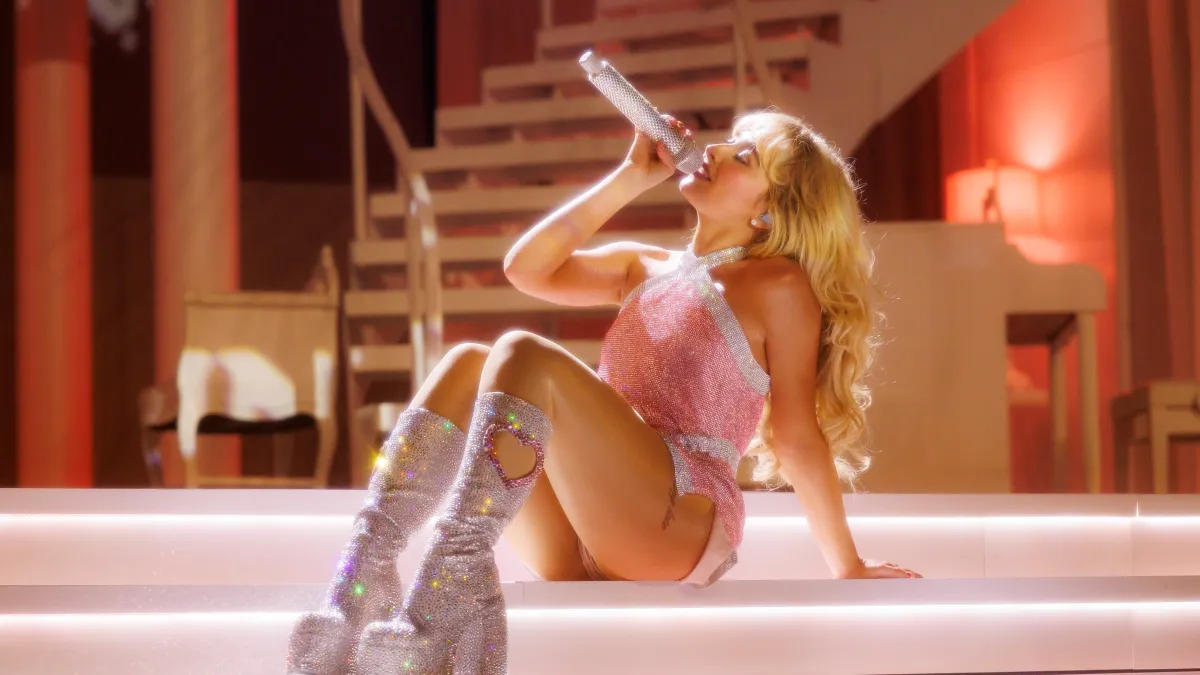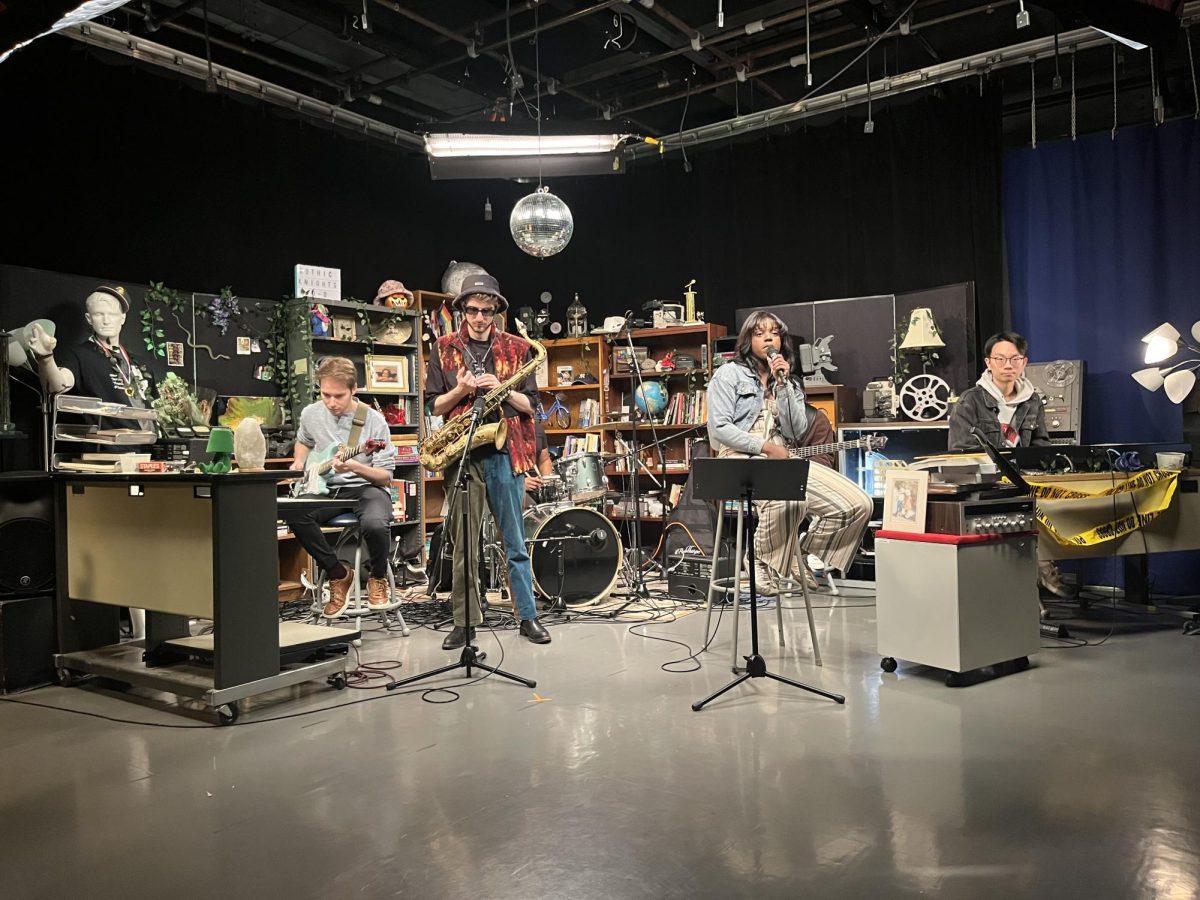
By Roberto Miranda—
The Media Arts Department’s screening of “Jersey City: 24 Hours in Public Places” displayed both every day and historic areas of Jersey City. It showed the Colgate Clock, Loew’s Theatre, Pulaski Skyway, and the Justice Brennan Courthouse in an attempt to celebrate NJCU and its connection to Jersey City via means of collaboration between Media students and an original score composed by Music major Jose Ahumada.
Newfound Media and Music majors were in attendance, primarily to see “how far students involved in Media Arts can go,” according to executive producer Jane Steuerwald. Led by Dean Barbara Feldman’s opening remarks, the Gothic Lounge had a capacity turnout that included independent film directors and producers from other media departments throughout New Jersey.
The film began with shots of the Holland Tunnel and gave off an urban aura, showing shots of landmarks and barren streets. Each hour of the day was introduced in an eerie, horror-like manner and showed shots of the West Side Avenue light rail as it passed areas of the Historic Downtown Waterfront in a black and white display, beginning at 6:00 am and ending at 5:00 am.
Overall, “24 Hours in Public Places” had much strength and very few weaknesses. It kept the interest of everyone in the audience with the change of pace upon each location’s view. Strong transitions, camera mastery, and authenticity are found easily; it’s no wonder that this documentary was awarded a second place price in the NJ Young Filmmakers festival. Scenes involving Journal Square’s Boulevard Drinks and the random empty streets gave off a realistic impression and nostalgia of what it’s like to be at those places during nighttime hours.

In addition to the proficient camera use, Ahumada’s score is nothing short of appropriate and serves as an effective mood setter. His compositions primarily revolved around a nice fusion of his virtuoso piano playing with his adoration towards unconventional instrumentation. The score achieved a plethora of sounds that audibly add color to the film’s vivid visuals.
However, I found it to be a weakness that city landmarks such as Deadman’s Tunnel, William L. Dickinson High School, The Jersey Journal, and Grove Street were not featured. Having lived in Jersey City for 20 years, areas such as Deadman’s Tunnel and the latter were topics of discussion during my high school days at Dickinson and were also perceived as urban legends.
On the other hand, just about anyone in Jersey City knows that Grove Street is the heart of downtown with its waterfront community of business and nightlife while being minutes away from New York City via PATH train. Nevertheless, the scenes were decided upon via voting, probably adding to these limitations. Despite this, the areas selected were appropriately conveyed.
Rate: 4.5/5
Screening held on Wednesday, October 24th, 2012, at the Gothic Lounge located in Hepburn Hall.








